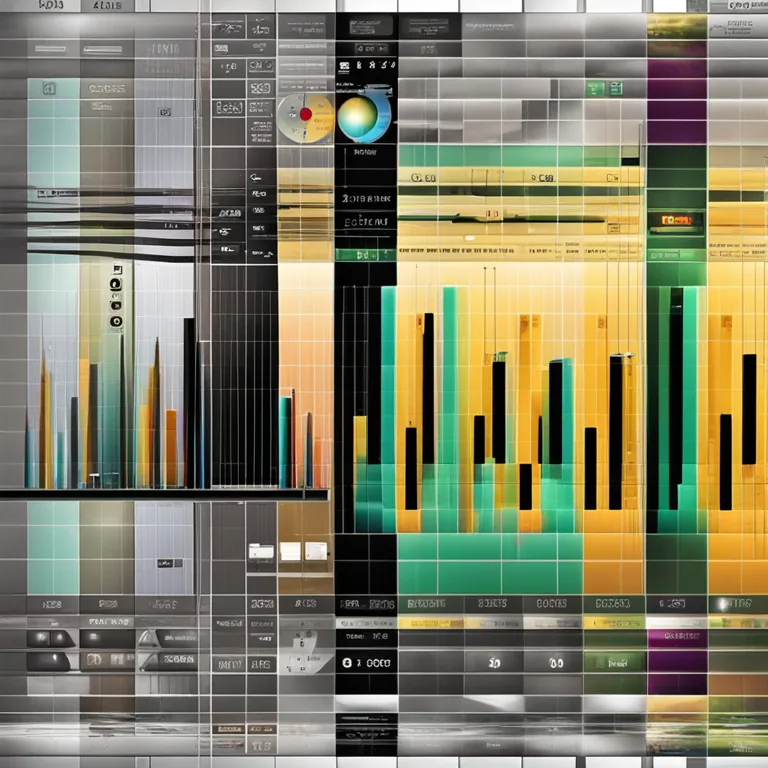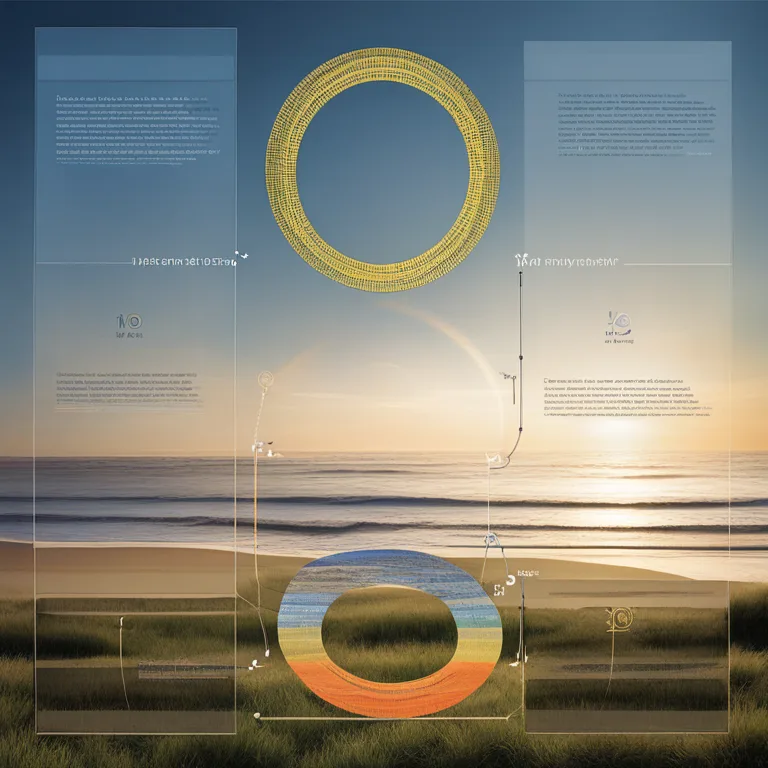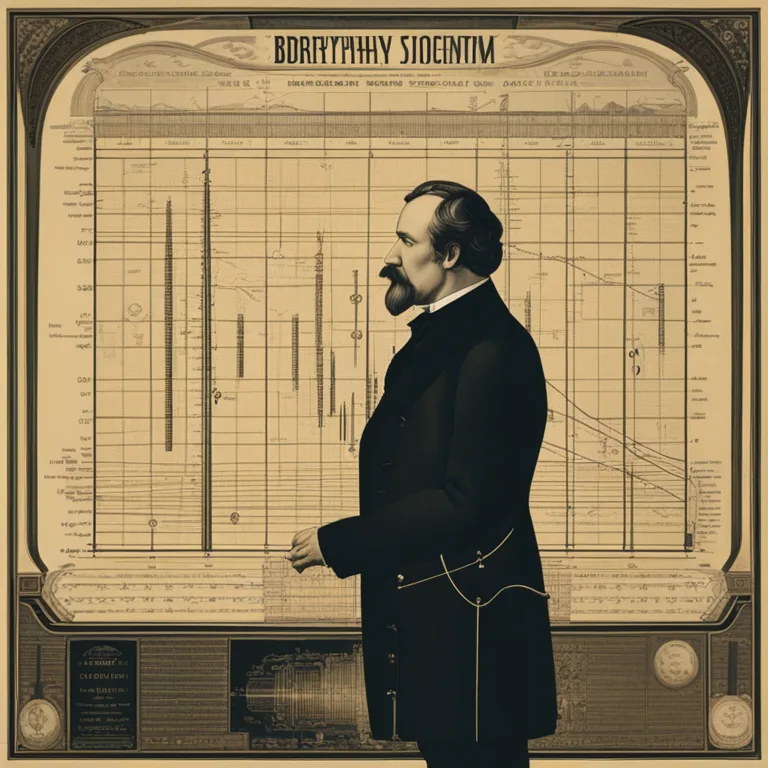
Are Biorhythms a Genuine Phenomenon?
Delve into the science and skepticism surrounding biorhythms: are these rhythmic cycles a blueprint for our physical, emotional, and intellectual well-being?
article by Adrian Wallace
The Origin of Biorhythm Theory
Biorhythms emerged in the late 19th century, with a hypothesis proposed by Dr. Hermann Swoboda and Dr. Wilhelm Fliess. They suggested that human life unfolds in predictable cycles, theorizing that our physical, emotional, and intellectual capabilities follow these distinct rhythmic patterns. Despite its Victorian-era origins, the concept of biorhythms has made its way into the 21st century, albeit with a mix of curiosity and controversy. Enthusiasts often turn to biorhythmic calculations to navigate life's highs and lows, while skeptics question the scientific validity of these invisible cycles.

Scientific Scrutiny of Biorhythms
Biorhythm theory posits three primary cycles: a 23-day physical cycle, a 28-day emotional cycle, and a 33-day intellectual cycle. Over the years, numerous studies have sought to validate the accuracy of these cycles, often with inconclusive or contradictory results. The scientific community generally regards biorhythms as pseudoscience due to a lack of empirical evidence supporting their predictability or impact on human behavior. Critics argue that confirmation bias and the Forer effect - the tendency to believe vague statements as highly accurate - may contribute to people's belief in biorhythms.

Technology and Biorhythm Calculators
With advances in technology, biorhythm calculators have become more sophisticated, offering intricate charts and personalized advice. Proponents argue that by mapping out one's biorhythms, individuals can anticipate periods of strength and vulnerability. In fact, some users testify to the utility of these tools in everyday decision-making. However, the scientific community advises caution, positing that such tools often lack a rigorous methodological foundation and should not be used as substitutes for medical or psychological advice.

Cultural Persistence of Biorhythms
Biorhythms have maintained a cultural presence, integrating into various lifestyle and wellness movements. They are seen by some as a complementary guide to meditation, yoga, and holistic health strategies. The continued appeal of biorhythms may reflect a desire for patterns and predictability in human life, or perhaps the hope that we can synchronize our activities with natural rhythms for optimal performance and well-being. Nonetheless, without concrete scientific backing, biorhythms remain a topic of debate rather than a recognized branch of psychology or medicine.

Psychological Effects and the Placebo
There is a psychological dimension to the belief in biorhythms that merits attention. Much like the placebo effect in medicine, if an individual believes that their biorhythmic chart has predictive power, they may experience psychological benefits purely from that belief. This phenomenon can color personal experiences and even influence performance. However, researchers caution against attributing causation to biorhythms without substantial evidence.
Future Research Directions
Looking ahead, there's a possibility for more nuanced investigations into the concept of human cycles. Chronobiology, the study of biological rhythms, has gained traction, examining circadian rhythms and their impact on our daily lives. Whether future research will find any correlation between the traditional biorhythmic cycles and scientifically established biological rhythms is an open question. As our understanding of genetics and neuroscience progresses, we might uncover new insights into how our bodies and minds operate over time.
Published: 12/28/2023
Modified: 12/28/2023
More predictions
Come back here soon to learn more about yourself and your future


Exploring Human Biorhythmic Cycles
Explore the fascinating concept of biorhythms and their influence on physical, emotional, and intellectual faculties in humans.


The Reality Of Biorhythm Compatibility
Unravel the truth behind biorhythm compatibility and its role in personal relationships and daily life.


Biorhythms In Humans Explored
Exploring the concept of biorhythms and their influence on human behavior and physical states.